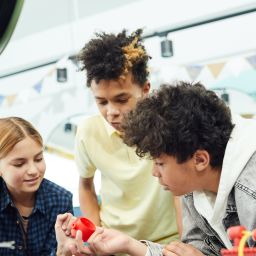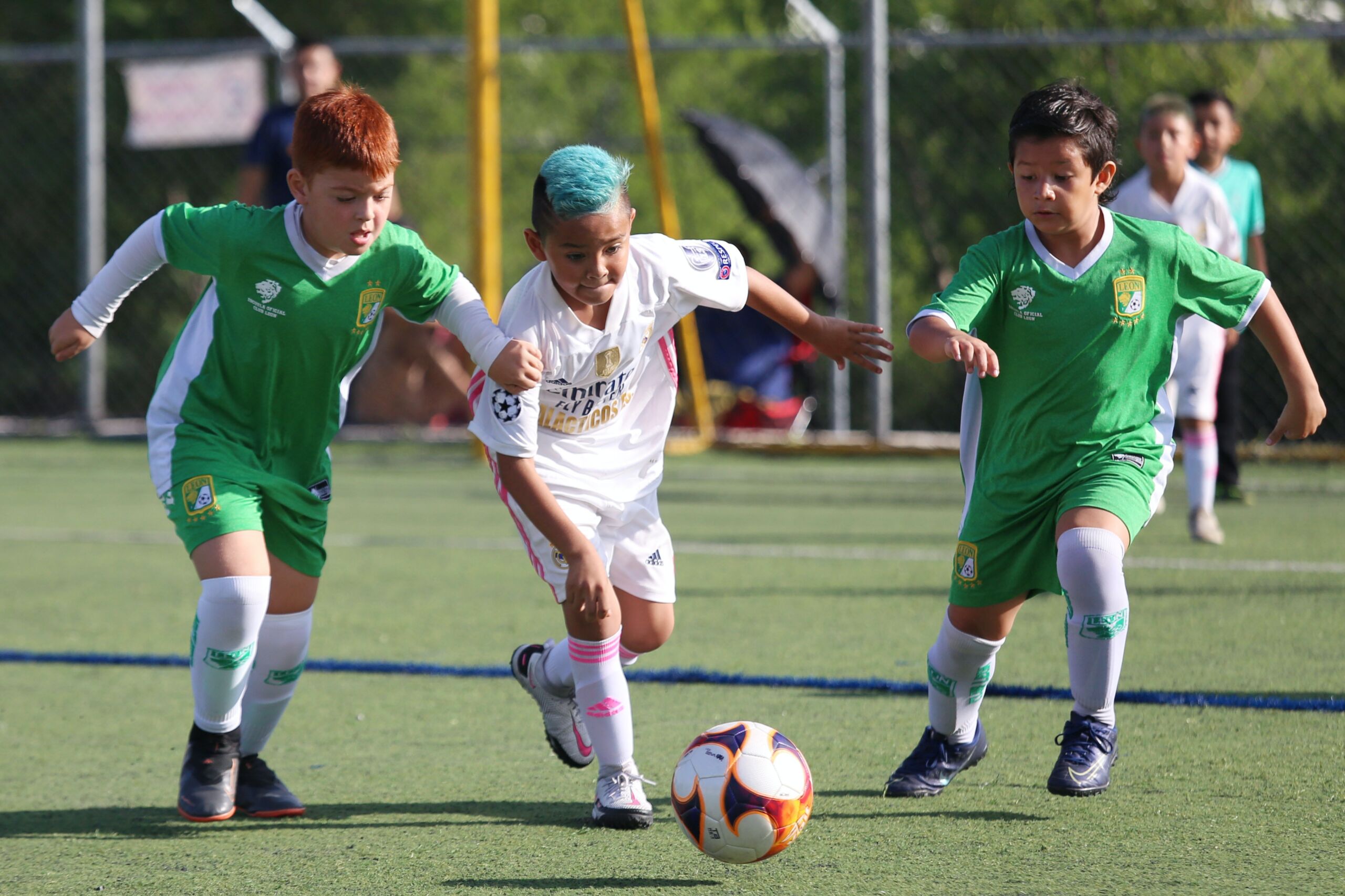
FH Summary: This post explores effective techniques for helping children remember names and faces, highlighting the importance of this skill in building social connections and boosting confidence. It discusses practical methods such as making memory a game, using repetition, and employing visualization techniques. Backed by research, the post emphasizes how developing strong memory habits can lead to positive outcomes in a child’s social and academic life.
It’s almost become a cliché at this point, someone says “Sorry I forgot your name, I’m not good with names and faces.” The other person replies, “Yes, I know. I’m terrible too.” The human mind through evolution is programmed to remember faces more than any other shape, but remembering a large number of names is something that humans have only recently had to tackle. Wouldn’t it be awesome if your child was started down the optimal path for the thousands and thousands of names and faces they are going to have to remember during their lives? That’s what this article will teach you.
Our ability to remember names and faces is a skill that can open doors socially and academically, fostering confidence and strong relationships. In this article, we will explore the best practices for helping your child develop this essential habit, and why it’s crucial to their overall development.
The Importance of Memory in Childhood Development
Memory plays a pivotal role in a child’s cognitive and social development. By remembering names and faces, children build strong connections with peers and adults, which can lead to a positive upward spiral in their social interactions and academic success. Children who excel at remembering names and faces are often more confident and socially adept, which contributes to better outcomes in school and later in life.
But why is this skill so important? When children remember names and faces, they feel more connected to their environment. This connection fosters a sense of belonging and security, which is fundamental to a child’s emotional well-being. Moreover, the habit of remembering names and faces is a foundation that supports other essential skills, such as empathy, communication, and teamwork.
Best Practices for Teaching Your Child to Remember Names and Faces
§ Make it a Game: Turn the process of learning names and faces into a fun and engaging game. For example, you can play “Memory Match” with pictures of family members or friends. This not only helps your child associate names with faces but also makes the learning process enjoyable. Games that involve matching names to faces can reinforce these associations in a playful and stress-free manner.
§ Use Repetition: Repetition is key to memory retention. Encourage your child to use the names of new acquaintances frequently in conversation. For instance, when they meet a new friend, have them say the friend’s name several times during the interaction. This practice helps embed the name in their memory.
§ Tell Stories: Associating names and faces with stories can make them more memorable. You could create a short story about each person your child meets, incorporating their name and a distinctive feature. For example, “This is Sara, who loves to draw pictures of cats.” This narrative approach helps children build stronger memory connections.
§ Encourage Visualization: As we’ve previously written (here, here and here), visualization is a powerful tool in memory retention. Teach your child to visualize the person’s face and connect it with their name. As renowned memory teacher Harry Lorayne suggests:
“Whenever you meet someone new, look at his face and try to find one outstanding feature. This could be anything; small eyes, large eyes, thick lips, thin lips, high forehead, low forehead, lines or creases on the forehead, long nose, broad nose, wide nostrils, narrow nostrils, large ears, small ears, ears that stand away from the head, dimples, clefts, warts, mustache, lines on the face, large chin, receding chin, type of hairline, jutting chin, small mouth, large mouth, teeth—just about anything.” 1
By focusing on this one feature that stands out most to them, your child can then associate the name with that particular aspect of the face. So if the person’s name was Bill and the feature that stood out to your child was his well-shaped jaw, you might suggest that your child see dollar bills wrapped around that jaw line in their mind. So the key here is that while your child is searching for this feature, they are also paying attention to the face as a whole. This method helps to “etch this face into your memory,” making it easier to recall the name the next time they meet.
§ Practice Mindful Observation: Mindfulness encourages children to pay close attention to details. Teach your child to observe a person’s face carefully when they meet someone new. Focus on distinctive features like eye color, hairstyle, or a unique accessory. Mindful observation not only helps with remembering names but also sharpens their overall observation skills.
The Role of Habits in Memory and Beyond
Developing the habit of remembering names and faces is more than just a memory exercise; it’s a skill that fosters an upward spiral in a child’s life. When a child remembers names, they feel more confident in social settings, which in turn leads to better relationships and academic performance. This positive feedback loop is what we refer to as the “upward spiral.”
On the other hand, neglecting to develop this habit can create a negative spiral. A child who struggles to remember names may feel isolated or anxious in social situations, which can affect their self-esteem and willingness to engage with others. This is why it’s essential to instill good habits early on, as they lay the foundation for a lifetime of positive interactions and personal growth.
Research-Backed Insights on Memory and Child Development
Research consistently shows that children who develop strong memory skills early on are better equipped for academic success. Furthermore, the habit of remembering names and faces is linked to the development of empathy. When a child remembers someone’s name, it signals that they value that person, which can strengthen social bonds and foster a sense of community. This connection between memory and empathy is a key element in the “elevated foundations of childhood development.”
Conclusion: Building a Brighter Future Through Memory
Incorporating memory-enhancing practices into your child’s routine is not just about helping them remember names and faces – it’s about setting them up for success in all areas of life. By making memory a habit, you’re helping your child build strong social connections, excel academically, and develop essential life skills that will serve them well into adulthood.
At First Habits, we believe in the power of small, intentional habits to create lasting positive change. By focusing on memory and other foundational habits, you can help your child achieve an upward spiral of success. For more insights and practical tips on habit formation, be sure to sign up for our weekly newsletter.












